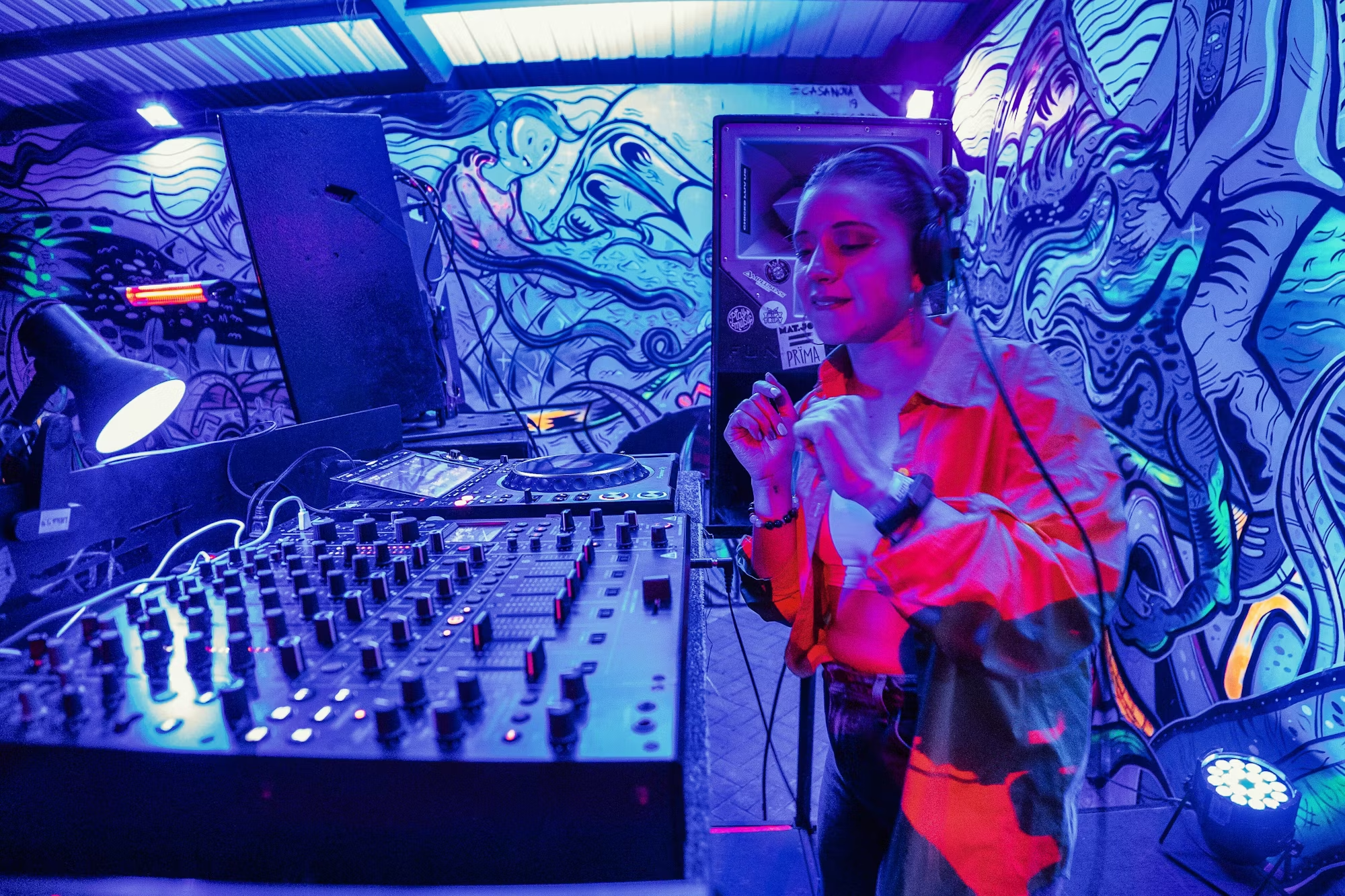Progressive trance, a subgenre of electronic dance music (EDM), has captivated audiences with its ethereal melodies and intricate soundscapes. Emerging in the early 1990s, this genre has evolved over the decades, drawing influences from various musical styles and creating a unique listening experience. This article explores the origins of progressive trance, its defining characteristics, notable artists, and its impact on the broader electronic music landscape.
The roots of progressive trance can be traced back to the burgeoning electronic music scene of the early 1990s. Influenced by earlier genres such as house and techno, progressive trance sought to create a sound that was both melodic and immersive. The genre gained prominence with the rise of underground clubs and rave culture, where DJs began to experiment with longer track lengths and more complex arrangements. Unlike its more straightforward counterparts, progressive trance emphasized gradual build-ups, atmospheric breakdowns, and an overall sense of journey.
One of the defining features of progressive trance is its emphasis on melody and harmony. Tracks often feature soaring synths and lush pads that create an emotional atmosphere, drawing listeners into a world of sound. The use of arpeggiated patterns and intricate chord progressions adds depth and complexity, allowing for a rich auditory experience. This melodic focus is exemplified in tracks like “Children” by Robert Miles, which became an anthem of the genre in the mid-1990s, showcasing the emotive power of progressive trance.
As the genre began to solidify, key artists emerged who would shape the sound of progressive trance. Among them, Sasha and John Digweed are often credited with pushing the boundaries of the genre. Their collaborations and innovative mixing techniques brought a new level of sophistication to the trance scene, helping to establish the progressive sound as a distinct entity within the electronic music landscape. Albums like “Northern Exposure” showcased their ability to blend genres and create seamless transitions, elevating the listener’s experience.
The late 1990s and early 2000s marked a significant period for progressive trance, as it gained mainstream popularity. The rise of festivals and events dedicated to electronic music provided a platform for artists to showcase their work. This exposure led to an influx of new talent entering the scene, contributing fresh ideas and styles that enriched the genre. Artists like Armin van Buuren and Above & Beyond emerged as household names, known for their ability to craft emotional journeys through music.
Another important aspect of progressive trance is its community. Fans of the genre often share a deep connection with the music, drawn together by a shared passion for the uplifting and transcendent qualities of the sound. Online forums and social media platforms have allowed enthusiasts to connect, exchange recommendations, and discuss their favorite tracks and artists. This sense of community has played a crucial role in sustaining the genre’s popularity over the years.
The sound of progressive trance has continually evolved, adapting to changing tastes and trends within the electronic music scene. In recent years, the genre has seen the emergence of sub-styles that blend elements from various genres, creating fresh and innovative sounds. Progressive house, for instance, incorporates deeper basslines and groovier rhythms while maintaining the melodic essence of trance. Artists like Lane 8 and Yotto have been at the forefront of this evolution, fusing progressive trance with house influences to create tracks that resonate with a broad audience.
In addition to its melodic and harmonic elements, progressive trance often features a strong focus on production quality. With advances in technology, producers have access to an array of tools that allow for intricate sound design and detailed mixing. This commitment to production excellence has resulted in tracks that not only sound polished but also create an immersive listening experience. The meticulous craftsmanship behind tracks by artists like Gabriel & Dresden and Cosmic Gate exemplifies this dedication to quality.
The influence of progressive trance can be felt across various genres of electronic music. Many artists who initially gained recognition in the trance scene have explored other styles, bringing elements of progressive trance into their new productions. This cross-pollination has enriched the broader electronic music landscape, allowing for new and exciting collaborations that challenge genre boundaries. The legacy of progressive trance continues to inspire new generations of producers and DJs, ensuring its place in the future of electronic music.
As we look to the future, progressive trance shows no signs of slowing down. The genre remains a favorite among festival-goers and clubbers alike, with its ability to transport listeners to new emotional heights. Events like A State of Trance and Tomorrowland showcase the best of progressive trance, featuring both established artists and emerging talent. These platforms provide opportunities for artists to connect with fans, share their music, and continue the genre’s evolution.
In conclusion, progressive trance is a genre that embodies the spirit of exploration and creativity within electronic music. Its roots in melody, harmony, and emotional resonance have created a rich tapestry of sound that continues to captivate audiences worldwide. With a strong community, innovative artists, and a commitment to quality production, progressive trance remains a vital part of the electronic music scene. As the genre evolves and adapts to new influences, its legacy is sure to endure, inviting listeners to embark on a musical journey that transcends time and space.




